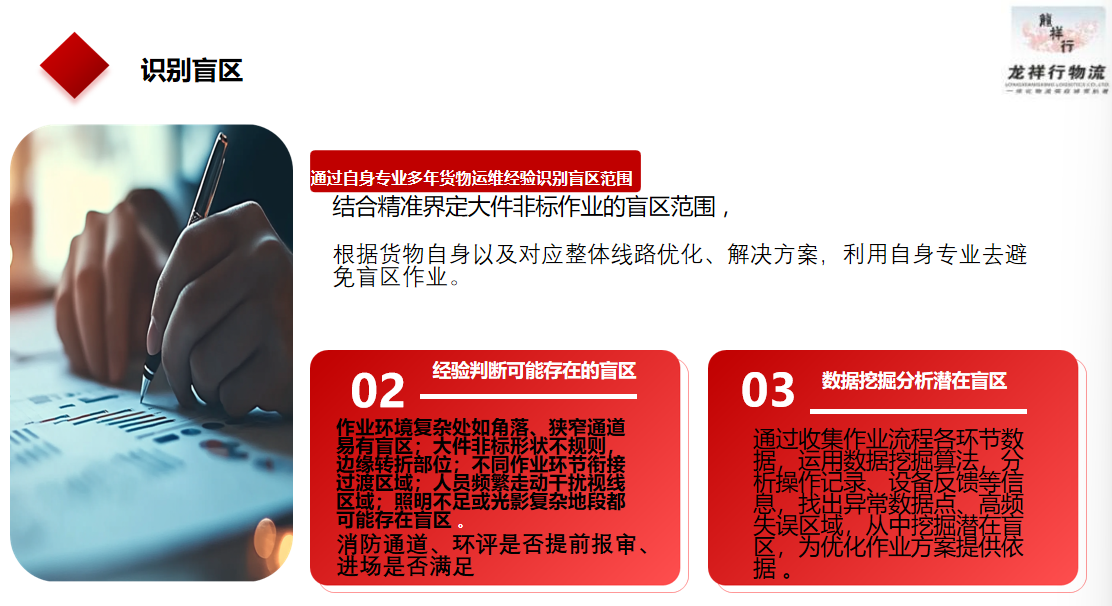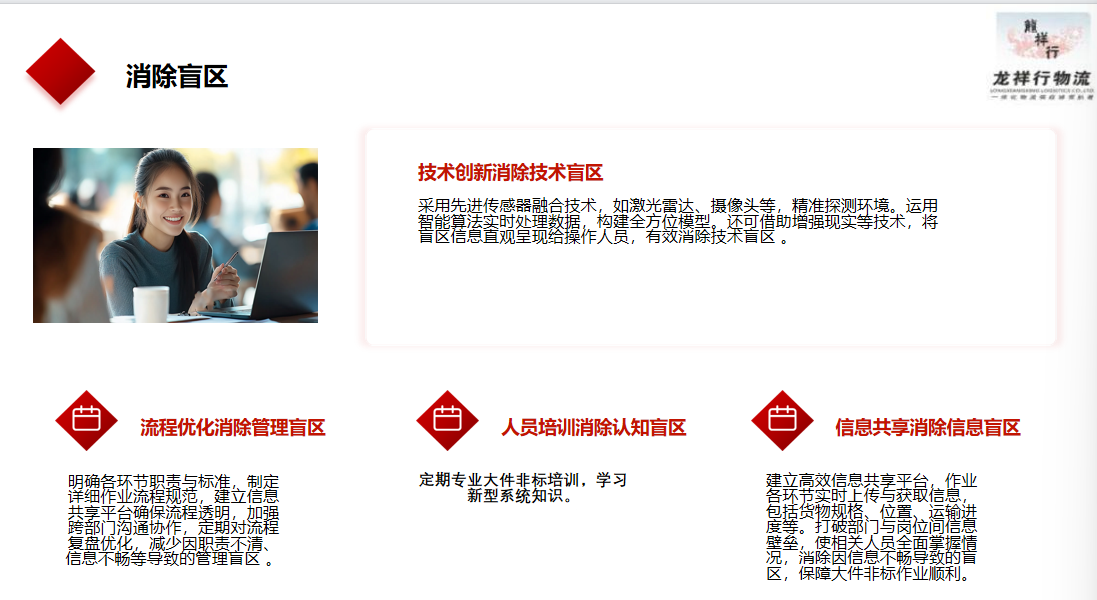Solution for blind spots in large-scale logistics - Longxiangxing Logistics
Longxiangxing Logistics - Solution Design for Blind Spots in Oversized Non-Standard Logistics
Author:Shenzhen Longxiangxing Logistics Co., Ltd. Date:2025-02-20

I. Market Size Growth Trends
The market size for oversized logistics is on a growth trajectory. Driven by consumption upgrades, increased demand for large items such as wind power, lithium batteries, energy storage, hydrogen energy, large-scale construction machinery, and engineering vehicles, as well as the expansion of e-commerce large-item services and infrastructure/industrial development boosting large equipment transportation needs, the market continues to expand with considerable future growth potential. China's intelligent manufacturing sector further expands the demand for new energy photovoltaic/energy storage/lithium battery products, creating a vast market for non-standard oversized items in emerging industries like algorithmic power and artificial intelligence.
Industry's Economic Significance
The oversized logistics industry plays a vital economic role. It connects production and consumption by ensuring the circulation of large-scale equipment, home furnishings, and other goods. By facilitating the development of manufacturing, e-commerce, new energy photovoltaic, and lithium battery sectors, it serves as a critical link in the economic cycle, providing indispensable support for stabilizing supply chains and promoting economic growth.
Studying solutions for oversized logistics blind spots enables precise route planning to reduce detours and empty loads, optimizes warehouse layout and management to lower inventory costs, and improves handling efficiency to avoid extra expenses, thereby effectively reducing overall logistics costs.
Essential Means to Meet Diversified Customer Needs
III. Geographical Blind Spots
Logistics Coverage Challenges in Remote Areas
Limitations in transporting extra-large cargo include difficulties in adapting conventional transportation tools, requiring specialized equipment; road access restrictions due to bridge and tunnel height/width limits; the need for professional handling sites and machinery, along with high technical requirements for personnel, which often lead to transportation inconveniences and increased costs.
2. Building a Multi-Dimensional Logistics Support Solution
Develop a multi-tiered logistics solution that prioritizes suitable carriers based on cargo characteristics such as size, weight, and shape, combined with factors like transportation distance, road conditions, and costs. Optimize routes according to the specific attributes of oversized non-standard items to enhance efficiency and service quality.
3. Strategy for Establishing Regional Logistics Centers


